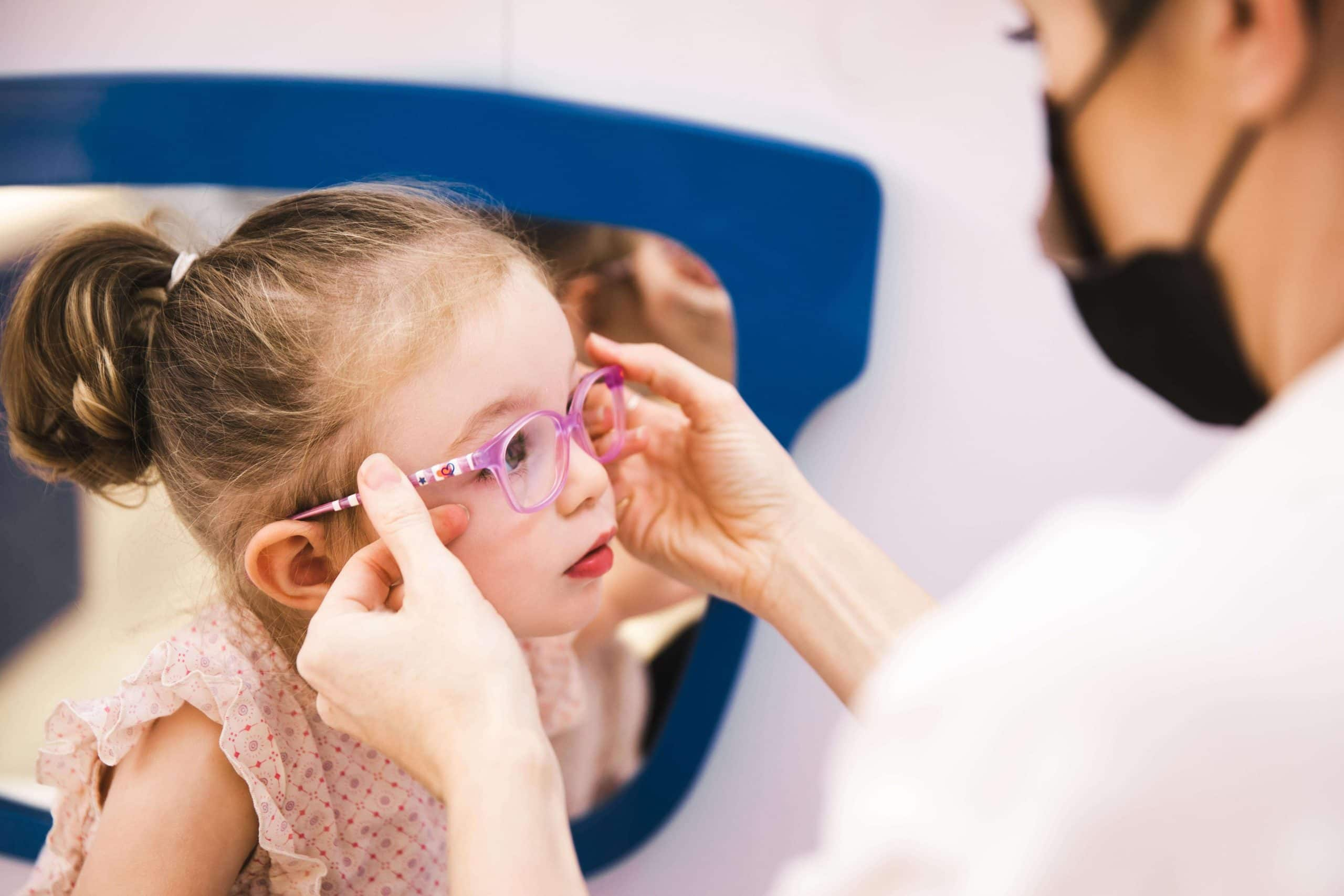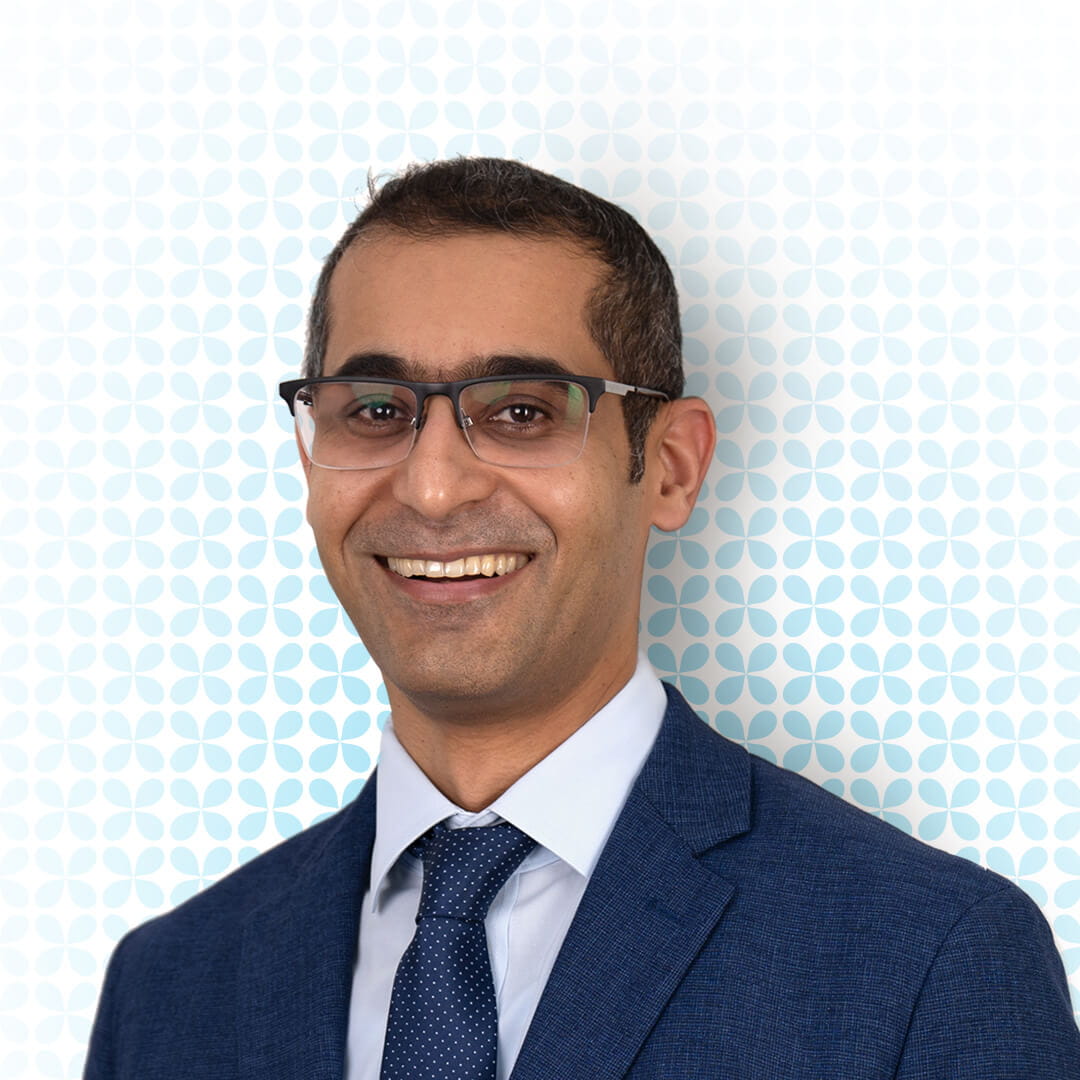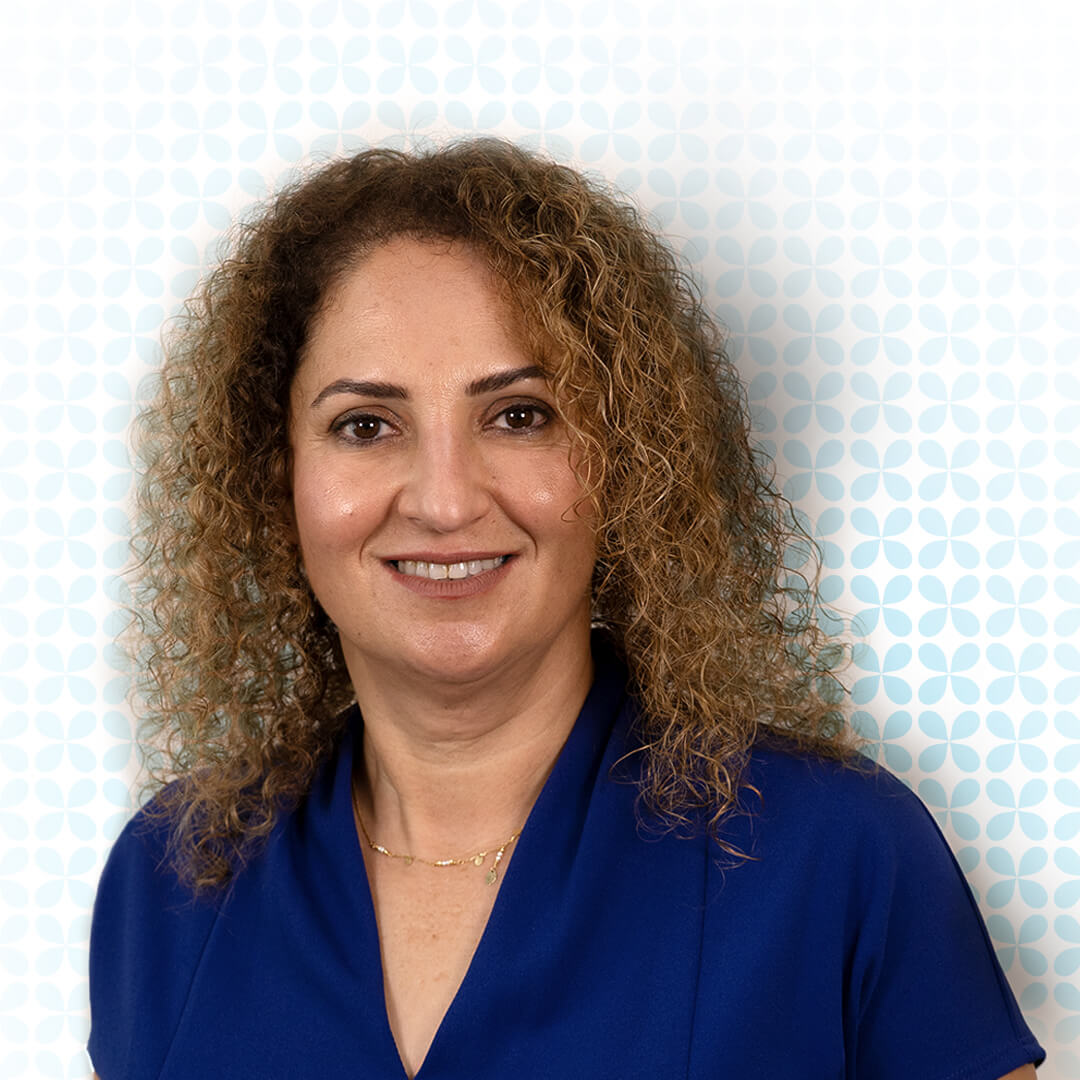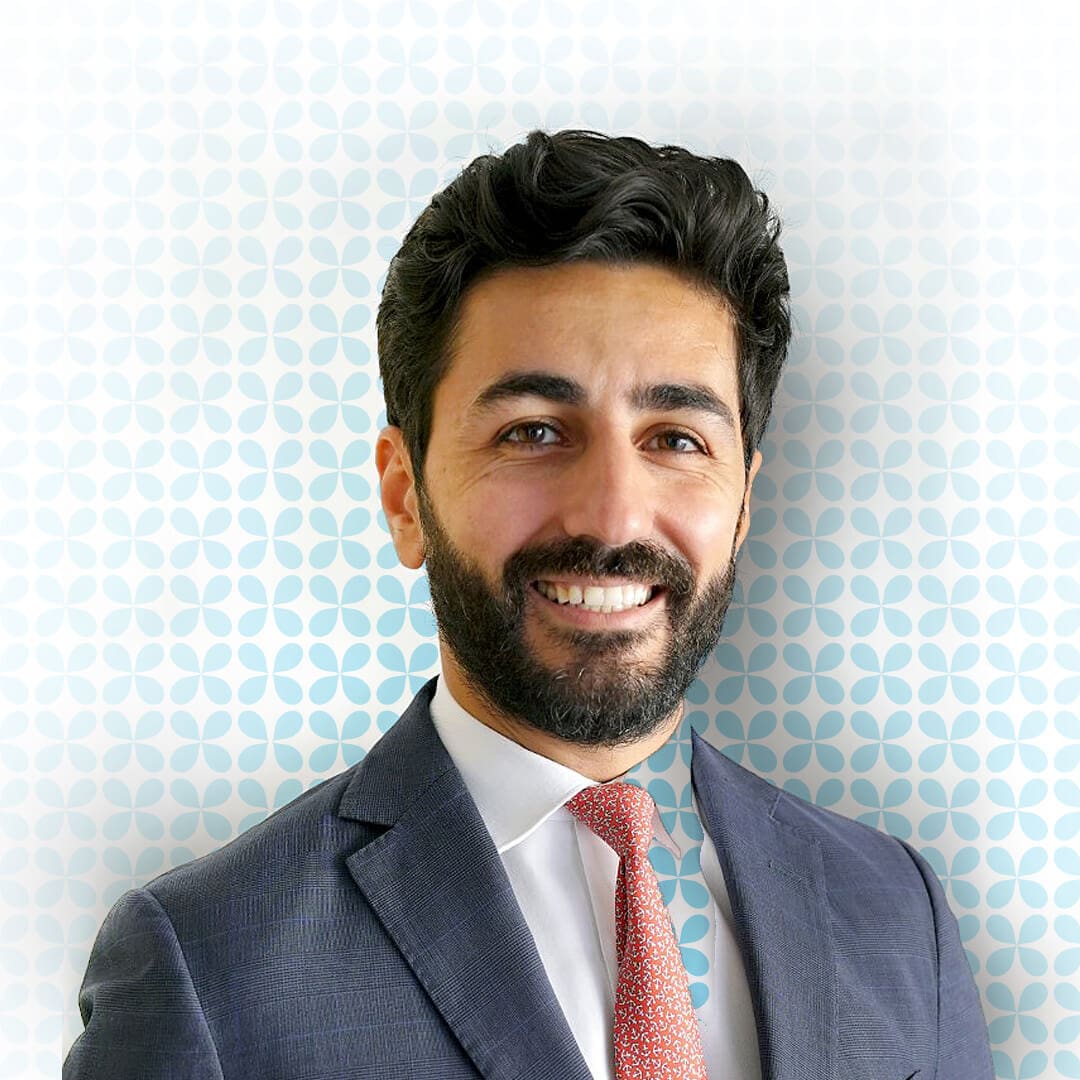About Paediatric Glaucoma
Glaucoma is the name given to a group of eye conditions in which the pressure within the eye (intraocular pressure) is raised which in turn damages the optic nerve, (the nerve that goes from the eye to the brain) and can lead to permanent irreparable vision loss if left untreated.
Childhood glaucoma, also referred to as congenital glaucoma, paediatric, or infantile glaucoma, is a rare condition that may be inherited, occurring in babies and young children. It is usually diagnosed within the first year of life.

Causes
The eye is filled with a liquid like water that keeps the eyeball in shape. It helps keep the inside of the eye healthy by bringing nutrients and removing waste. The liquid is constantly being replaced by fresh liquid while the old liquid is removed from the eye through drainage channels. In majority of children with glaucoma, these drainage channels don’t function properly which results in the overflow of the liquid as the old does not drain and there is flow of new liquid to the eye. This leads the pressure inside the eye to increase. In most children, this is because the drainage channels haven’t formed properly as a baby.
Conditions Associated
Childhood glaucoma can occur as an isolated disease or it can be associated with other abnormalities of the eye or body. In patients with childhood glaucoma a thorough eye exam and questioning on child and family medical history are important. Communication with the paediatrician can also be useful in identifying other abnormalities.
Symptoms
The symptoms of childhood glaucoma can vary. In some cases, children will be asymptomatic; in other words, show no evident symptoms. In most cases, there will be a gradual onset of glaucoma related problems.
Some of the symptoms and signs of childhood glaucoma are:
- Unusually large eyes
- Excessive tearing
- Cloudy eyes
- Light sensitivity
Diagnosis
The diagnosis of childhood glaucoma is confirmed by carrying out a thorough eye examination by your eye doctor. The doctor will check the pressure of your child’s eye with different machines. The doctor will also check the health and structures of both eyes; this may require the use of some dilating eye drops. An assessment of your child’s vision will also be performed by an Orthoptist. Often, especially in very young children, an exam under anaesthesia (EUA) will be needed to provide additional information.
Treatments include either medical and surgical options or a combination of both.
Medical Treatment
Medical treatments involve the use of medicines. They can come in the form of topical eye drops and oral medications. These treatments help to either increase the removal of fluid from the eye or decrease the production of fluid inside the eye, resulting in decreased eye pressure. Side effects of these drugs must be considered and evaluated. In addition, parents should be carefully instructed in the administration of medicines, including any potential complications. Eye drops and oral medications may also be required after surgery.
Surgical Treatment
The decision to perform surgery and the type of surgery chosen will be based on the specific findings of your child’s eye examination. There are several types of glaucoma surgery, some of which use laser (detailed below). These will be discussed with your eye doctor. Some children may require more than one surgery to help control the glaucoma.
Goniotomy or Angle Surgery
This procedure involves going inside the eye and creating space so the liquid of the eye can drain outside. In order to perform this procedure, the front of the eye (cornea) has been to clear. The success rate can be variable; from 50-80%.
Glaucoma tube surgery
This surgery involves placing a device called Baerveldt tube or Ahmed Valve on the outer surface of the eye under the eyelid while the other part of the device goes inside the eye. This is a relatively complex procedure but works very well long term.
Cyclodiode laser
This involves applying laser from the outside of the eye to the organ that produces fluid in the eye. This procedure is relatively quick and effective but it is not long lasting. It can be repeated a few times.
After the surgery
Attending follow up appointments so your Ophthalmologist can check the success of the surgery is vital. Congenital glaucoma is a chronic conduction; often requiring multiple EUAs, glasses and in some cases multiple surgeries.
Request an Appointment





